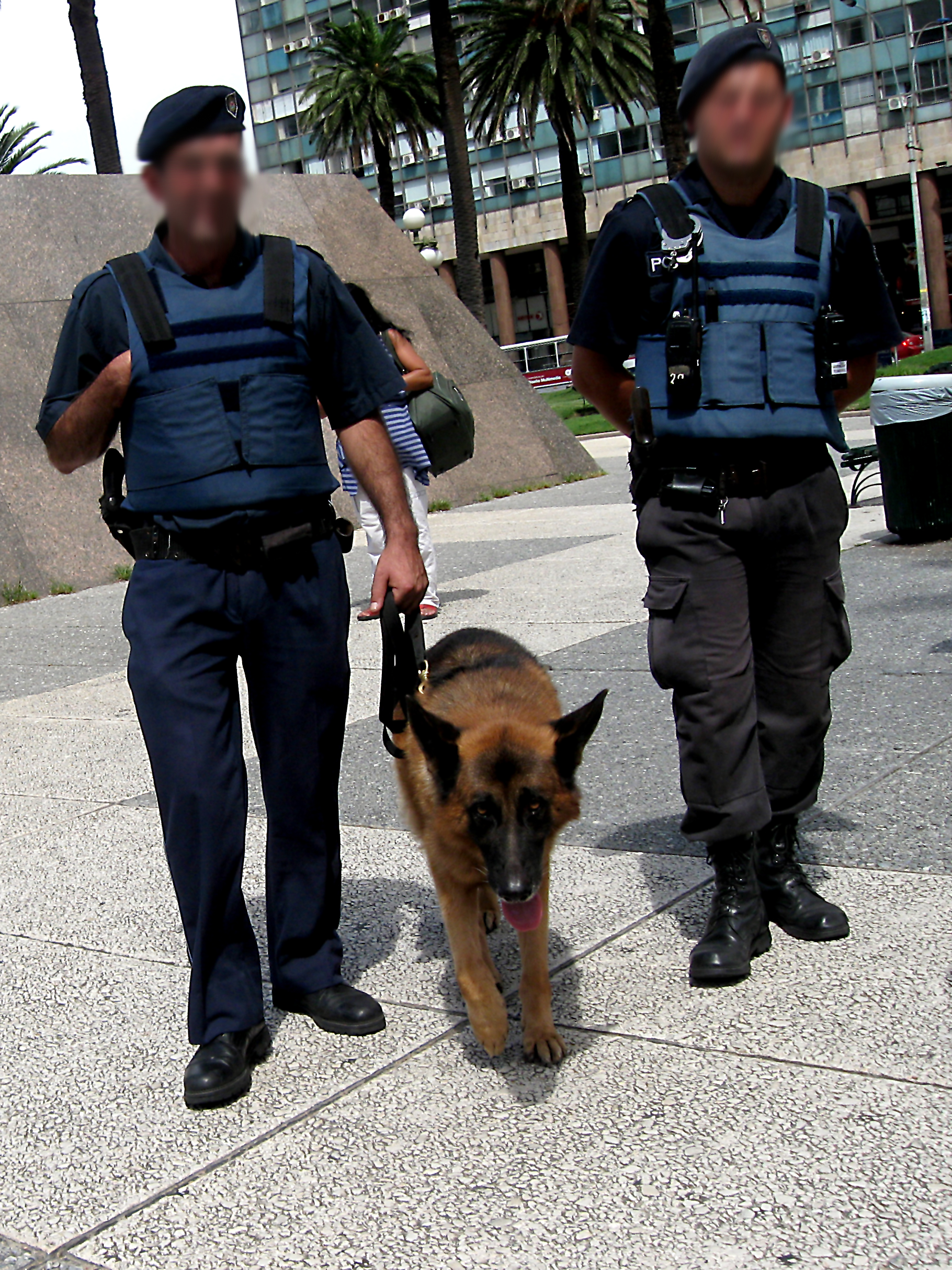Police dogs have been commonplace in America for well over 100 years. Just like the police, some of these dogs have performed near-miracles while assisting victims of crime – and these dogs have sometimes been used as tools of oppression, violence, and terror against the citizenry. Not surprisingly, as American policing has developed and changed, the use and abuse of police dogs has changed as well.

Police dogs are most commonly thought of as drug-sniffing dogs these days, but that wasn’t always the case. There are two U.S. Supreme Court cases on the docket that look like interesting dog cases; both concern privacy rights. Florida v. Jardines was argued on Halloween (here’s hoping the decision doesn’t scare us all to death) and asks whether the police violated the Fourth Amendment by taking a dog that had been trained to smell for drugs to the door of a house where they suspected that marijuana was being grown.
Once Jardines and the companion case are decided, I’ll get into the particulars of how the Court decided the cases and what that means to us. Until then, though, and as a nod to the ‘Originalist’ leanings of the lovely and charming Antonin Scalia, here’s some historical background on how dogs have been used and misused by the government.
In the early days, police dogs were used to track and kill enemies of the state. The French had a police dog program from the 1200s to the 1700s that was apparently quite popular – until a French Naval officer, out after curfew, was attacked and killed by the dogs. The pro-police, pro-dog boosters at Police-dog.net don’t mention how many people who didn’t work for the government were injured or killed by the Dogs of St. Malo, but my research turned up a New York Times article from 1883, quoting a book from 1869, that makes France’s version of McGruff the Crime Dog sound pretty terrifying:
We walked round the ramparts, and were shown the little gate down which were sent, every night, the watch-dogs of St. Malo, ‘chiens Anglais qui s’appellent dogues.’ Shut up during the day, they were let out at 10 at night and recalled in the morning. … When let loose at night, a warning bell was rung to apprise the inhabitants as they tore the legs of everyone they met. In 1770 a naval officer, trying to force a passage, was attacked by a troop of these dogs prowling between St. Malo and St. Servan; his sword was useless as defense and, exhausted, in despair he threw himself into the sea – but here he was followed by the dogs and torn to pieces.
Brittany & Its Byways – Some Account Of Its Inhabitants And Its Antiquities; During A Residence In That Country. Mrs. Bury Palliser, 1869 (London)
In other words, the French used dogs to enforce curfews by allowing vicious police dogs to roam the streets after dark and attack and kill anyone who broke curfew.
Good thing that America isn’t all that French! And, too bad that the French aren’t alone when it comes to oppressive government. America’s roots are more British and Spanish (depending on your coast, of course), and both the British and the Spanish used dogs in Colonial times. Dogs were used to control the native peoples that had already been conquered and captured, or were still being exterminated. The British used bloodhounds to hunt down the native population of Jamestown in 1610 and used mastiffs to capture and kill them. Similarly, the Spanish conquistadors brought war dogs with them to the New World.
The Spanish war dogs were ferocious mastiffs and great Danes that were trained – and used – to kill.
The British colonists at Jamestown, and the Spanish conquistadores in Mexico, are ancient history now – and the starting point of America’s 400-year-long history of using dogs to cow, capture, kill, or convict the citizenry. Next time, we’ll look at some post-Revolution developments and the beginning of the American Age of police dogs.
I’ve been keeping my clients constitutional rights from going to the dogs for 10 years. If you need someone on your side to keep the dogs at bay, give me a call.

